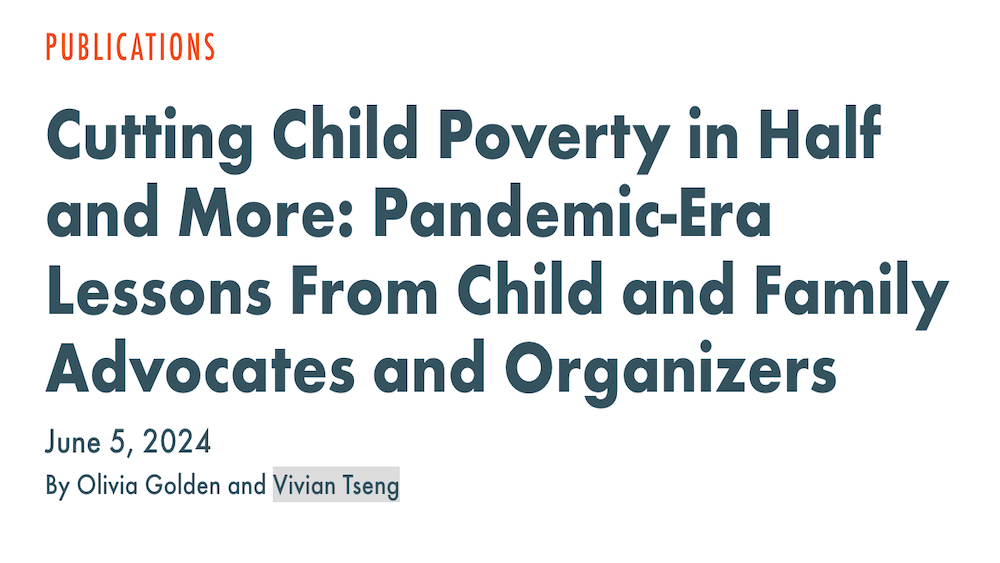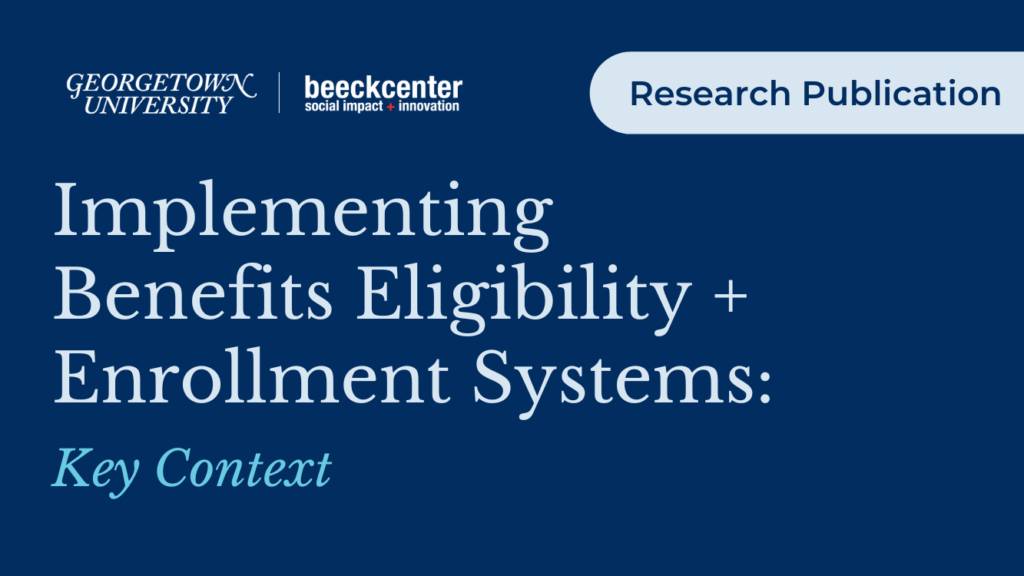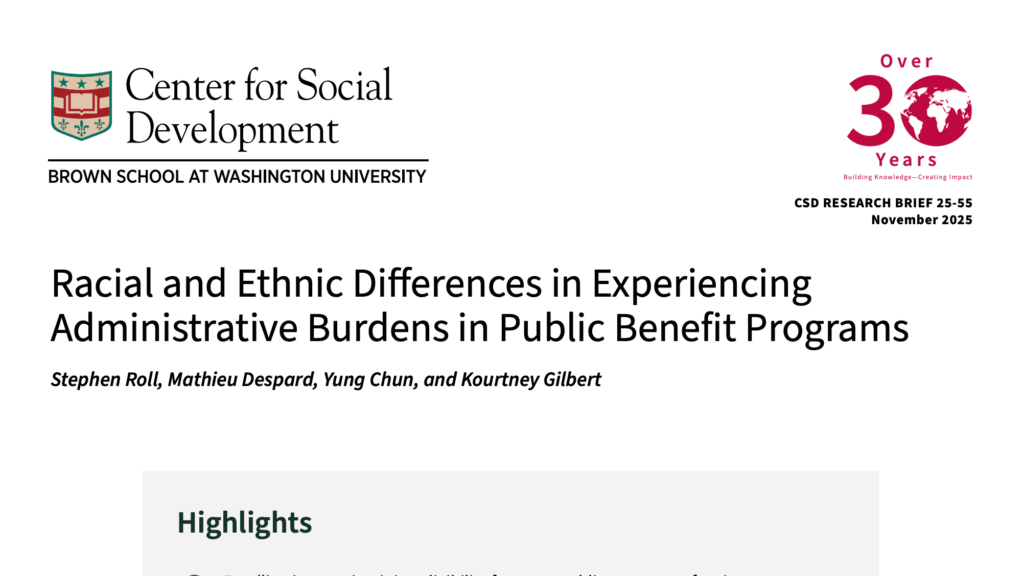Cutting Child Poverty in Half and More: Pandemic-Era Lessons From Child and Family Advocates and Organizers
This paper discusses the country’s chronic underinvestment in children and resulting outcomes, including new data on poverty rates among young children, is inextricable from the prospects of young children; and the remarkably comprehensive pandemic-era response policies, including which changes contributed most to reducing child poverty.

During 2020-21, temporary federal policy reforms in the United States cut child poverty in half and provided unprecedented support to low-income families during the pandemic.
The report highlights five key lessons from this success: centering families with lived experience, expanding coalitions, building federal-state equity strategies, strengthening coalition infrastructure, and sustaining long-term advocacy, emphasizing the need for inclusive and persistent efforts to achieve lasting reductions in child poverty.
Share this Resource:


